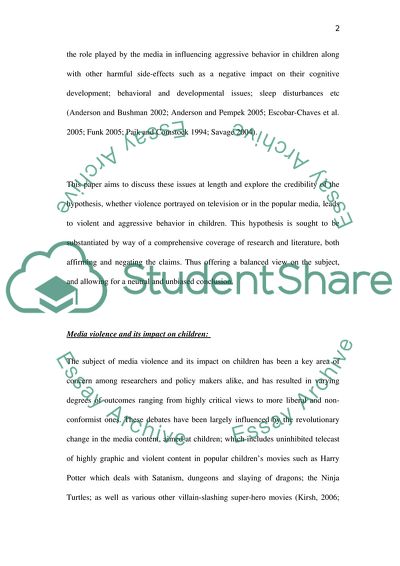Cite this document
(“Violence in the Media Contributes to Behavior in Children Research Paper”, n.d.)
Violence in the Media Contributes to Behavior in Children Research Paper. Retrieved from https://studentshare.org/media/1596224-violence-in-the-media-contributes-to-behavior-in-children
Violence in the Media Contributes to Behavior in Children Research Paper. Retrieved from https://studentshare.org/media/1596224-violence-in-the-media-contributes-to-behavior-in-children
(Violence in the Media Contributes to Behavior in Children Research Paper)
Violence in the Media Contributes to Behavior in Children Research Paper. https://studentshare.org/media/1596224-violence-in-the-media-contributes-to-behavior-in-children.
Violence in the Media Contributes to Behavior in Children Research Paper. https://studentshare.org/media/1596224-violence-in-the-media-contributes-to-behavior-in-children.
“Violence in the Media Contributes to Behavior in Children Research Paper”, n.d. https://studentshare.org/media/1596224-violence-in-the-media-contributes-to-behavior-in-children.


